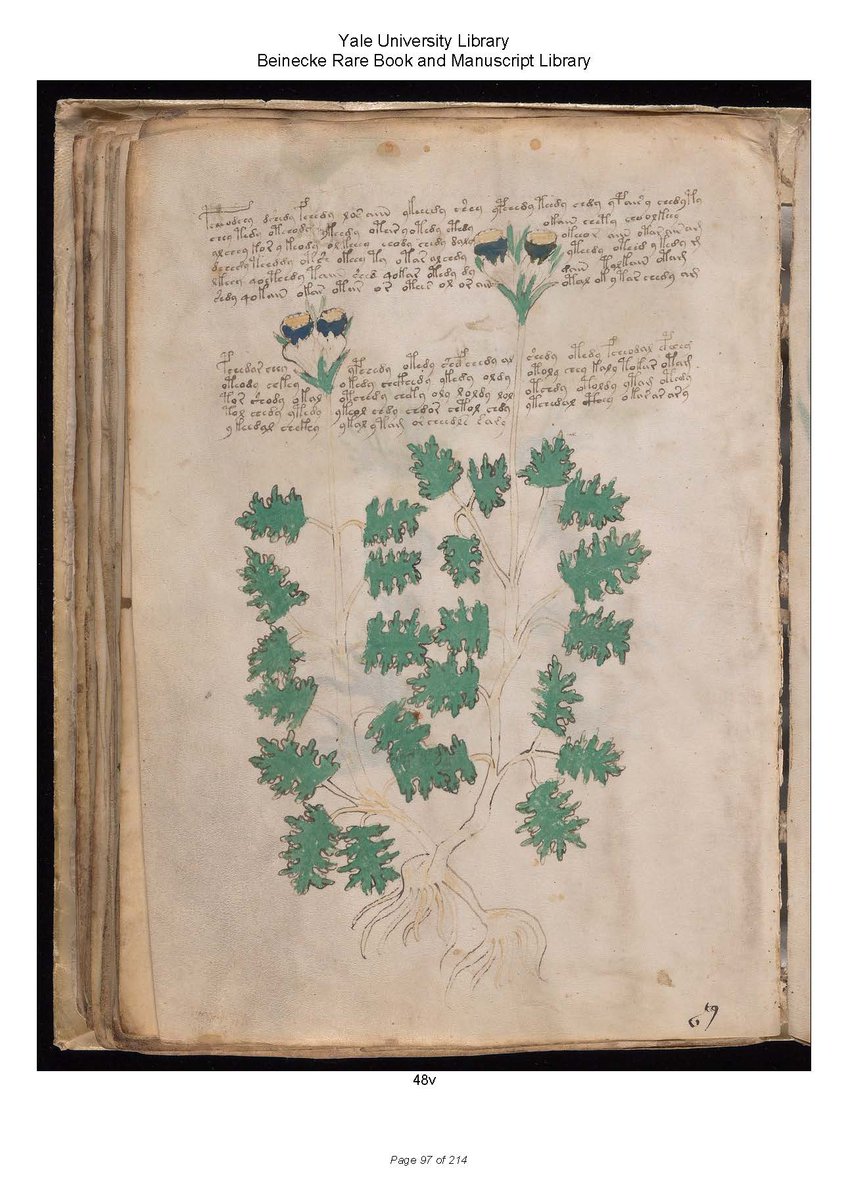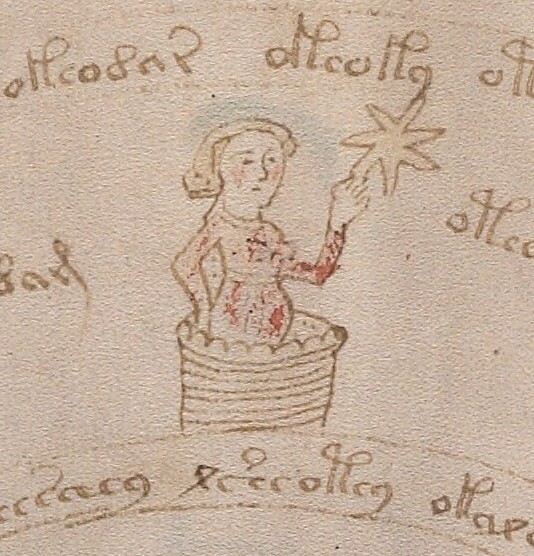I don’t know if this is a serious question or not, but I’m going to give it a serious answer. Here’s a thread on “So, you think you’ve solved the #Voynich Manuscript. What next?” 
https://twitter.com/edearp7/status/1381021868828852227

1) Have you done the reading? If not, you’d better. There are actual factual things known about this manuscript, and if you’re solution isn’t consistent with those facts, then forget it. Here come some facts:
a) Materials testing has shown that the parchment dates from the early 15th century and that the pigments and inks are consistent with medieval techniques and recipes. beinecke.library.yale.edu/sites/default/…
b) Paleographical analysis shows that the manuscript was written by at least five different scribes who employed different linguistic patterns associated with different sections of the manuscript:
c) The manuscript has a fairly well-established history that leads from Prague (where it was apparently acquired by HRE Rudolph II in the late 1500s) to Rome to London to New York to New Haven. beinecke.library.yale.edu/collections/hi…
To do the reading, start here: amazon.com/Voynich-Manusc…
Or, for a quick intro, see my blogpost: manuscriptroadtrip.wordpress.com/2015/01/17/man…
2) Are you sure your idea hasn’t been tried (and rejected) already? 100s of people – including expert linguists and cryptologists – have studied this manuscript since Voynich started publicizing it around 1920. To find out, start on René Zandbergen's site: voynich.nu
Or look here, of the best Voynich discussion boards: voynich.ninja/forum-25.html
3) So is your idea both new and consistent with the facts? Great! Now check your logic. Is your theory grounded in assumptions that you turn into facts? That’s going to be a problem when the experts get after it...
Be certain that your theory makes a logical argument that isn’t based on hypotheticals. More on that here: washingtonpost.com/outlook/2019/0…
4) Pro tip: Do NOT contact the Beinecke Library to tell them about your theory. Their (very sensible) policy is to not respond to Voynich correspondence or to express an opinion about proposed interpretations. They won’t respond, so don’t try it.
5) If your idea is new, consistent with the facts, AND makes a logical argument that follows the principles of scientific method, that's great! Put it out to the world and see how it goes. Write a blog, post a video, promote it on the message boards, call the press.
6) If you’ve done the reading and checked the facts and reviewed your logic, you’re more than welcome to send your idea to me for review. I’d be happy to take a look at it confidentially if/when I can (I do have a day job that has nothing to do with the Voynich Manuscript).
Just remember that while I am a medievalist/ paleographer/ codicologist with a particular interest in the Voynich and who happens to teach at Yale at the moment, I don’t work for the Beinecke Library. I can’t open that door for you.
• • •
Missing some Tweet in this thread? You can try to
force a refresh















